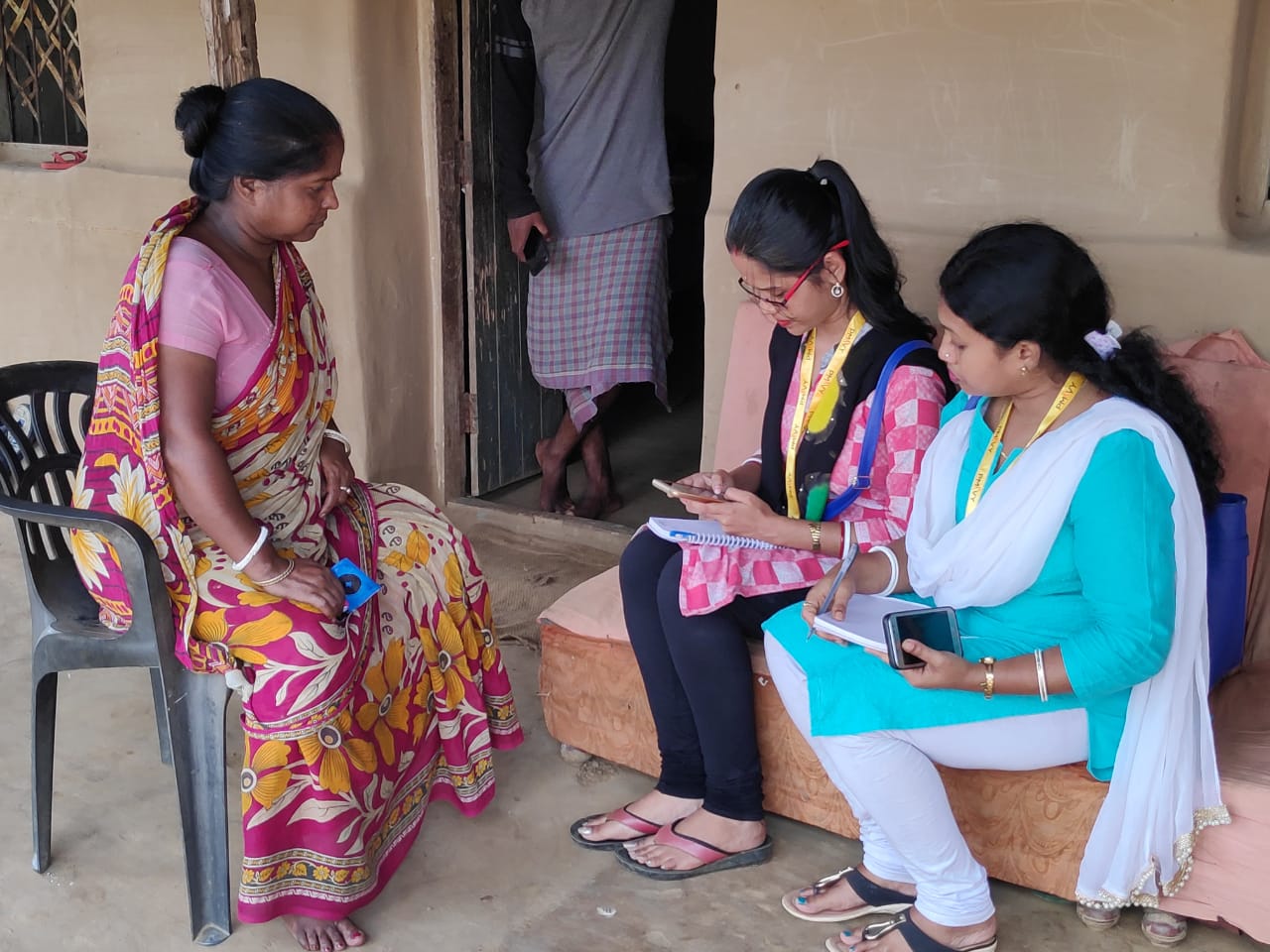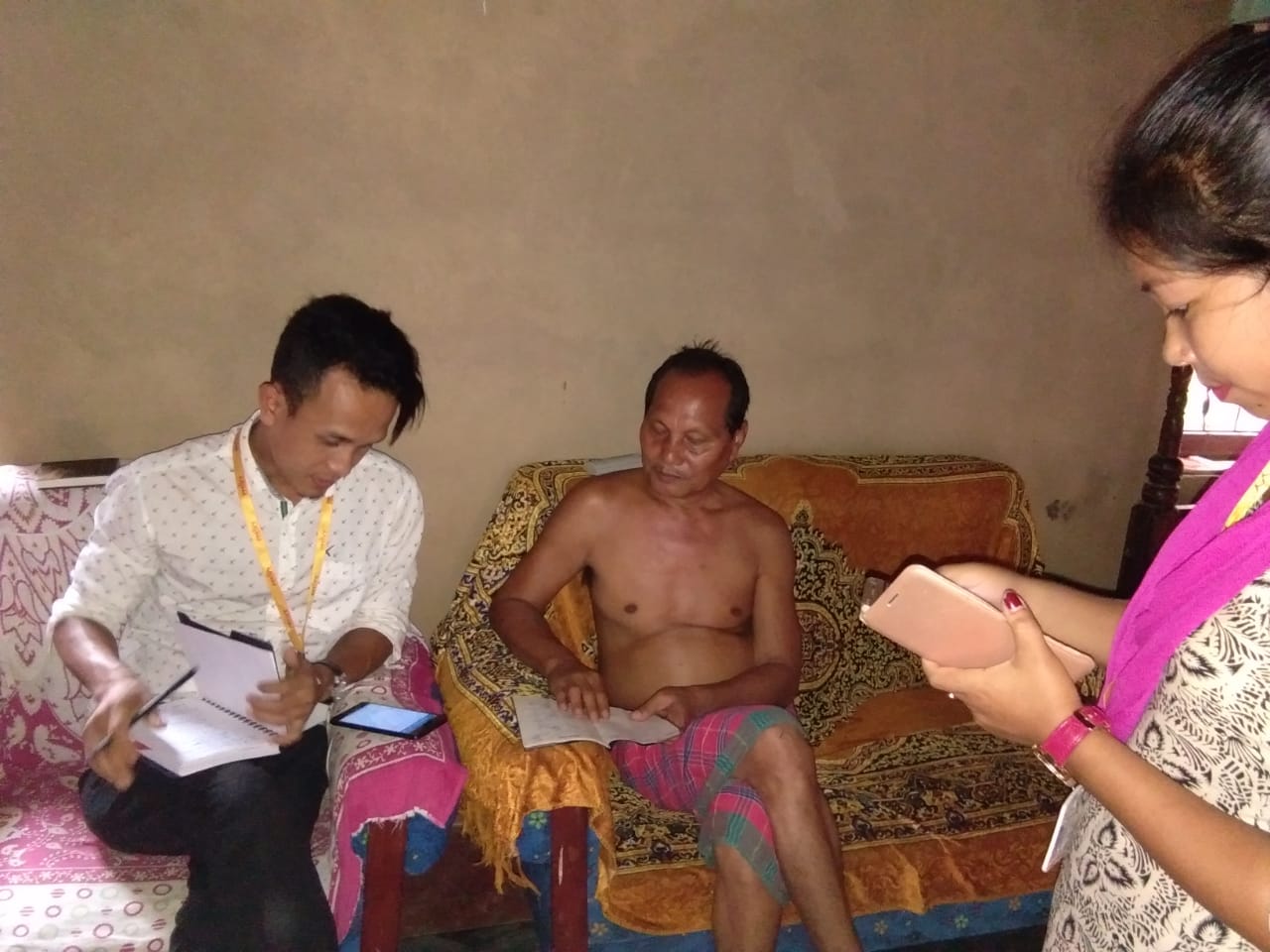7 Months, Rs 4.86 crore & Over 20,000 Beneficiaries: How Manipur is Transforming Welfare Governance
How do you ensure transparency and end pilferage from the distribution of government welfare schemes? These are questions that have long dogged policymakers. But Manipur may have found an effective solution. #Governance

How does an administration ensure that the benefits of state-sponsored welfare reach its intended beneficiaries? How do you ensure transparency and terminate pilferage from the distribution of government funds?
These are questions that have long troubled policymakers.
This uber cool water-saving device easily fits on to your tap to save up to 80% of the water that would have otherwise been used up with a normal tap!
In January 2013, the Central government sought to change the mechanism of transferring subsidies and income into the accounts of India’s most vulnerable sections by introducing Direct Benefit Transfer (DBT), which entailed transferring these subsidies or income into the beneficiary’s Aadhaar-linked bank accounts.
Although the system has seen its share of reasonable criticism, this is the method most governments have followed through on.
The primary objective of DBT is to bring transparency and end pilferage from the distribution of funds, but it requires a robust digital architecture and procedural mechanism.
In the Northeastern states, both were seemingly absent until the Better Than Cash Alliance (BTCA), which is part of the United Nations Capital Development Fund (UNCDF), approached the Centre early last year to enhance efforts at improving the cashless ecosystem and financial inclusion.
Responding to this request, the government asked the BTCA to start with mapping out gaps in the Government’s DBT structure and enhancing the architecture, a critical element of the drive for greater financial inclusion.
This was a time when the Centre’s Jan Dhan Yojana was also picking up steam.
In June-July 2018, Swaniti Initiative, a social enterprise supporting state governments on governance-related issues, was approached by the BTCA to help them strengthen the delivery of DBT. Work began in September last year.
Initially, Swaniti reached out to all states in the Northeast, and the most prompt response came from Manipur and Tripura governments.
“To figure out what particular schemes to target, we analysed which governments cover the most beneficiaries (most impact), what sort of beneficiaries do they cover, and what they prioritise. Looking at various schemes, we noticed that each scheme had a different architecture. Our task was getting these administrations to adopt the Public Financial Management System (PFMS), a central platform for efficient management of funds through tracking of funds and real-time reporting of expenditure and receipts. Without PFMS, the DBT project does not happen,” says Aparajita Singh, who is Swaniti’s point person in this venture with the Manipur and Tripura governments funded by the UNCDF, in a conversation with The Better India.
The schemes chosen for Manipur were the Pradhan Mantri Atal Bima Yojana, the Centre’s old-age pension scheme, and the Pradhan Mantri Matru Vandana Yojana, a maternity benefit programme.
For Tripura, they worked with the Pradhan Mantri Awas Yojana and Swachh Bharat Mission-Urban.

“From meetings with the Social Welfare Minister of Manipur, for example, we understood there was a lot of pilferage in the old-age pension scheme. Since funds were disbursed by cash or cheques, there was a lot of inclusion error in the system as well. Speaking to senior civil servants in the state, we understood their desire to get this scheme on the PMFS portal. We conducted meetings with the PFMS and DBT cell posted in Manipur and understood from the beneficiaries what sort of problems they face. We went to the villages in one hill and valley district (Kangpokpi and Bishnupur), conducted data analysis and studied 2000 households to understand the demand side performance of chosen DBT scheme,” says Aparajita.
After intensive analysis, Swaniti recommended to the state it brings the old age pension scheme onto the PMFS platform for last-mile delivery of pension benefits in Manipur. It supported PMFS trainers and stakeholders on the administrative side to devise a training process that addresses gaps specific to the schemes and provide hands-on experience on the platform.

After the implementation of PFMS, its progress was monitored, and its impact was assessed against a traditional benefit transfer system.
“Within seven months (October 2018-June-July 2019), the government self-corrected to mobilise Rs 4.86 crores and 20,275 beneficiaries to receive benefits that were previously subject to a faulty system of disbursement in Manipur. In Tripura, an additional population base is now also being served,” says Rwitwika Bhattacharya, the founder of Swaniti Initiative.
For Tripura, the architecture is ready, but money hasn’t been disbursed yet. Once PFMS comes into use Pradhan Mantri Awas Yojana would be disbursing benefits for construction of houses to more than 40,000 Economically Weaker Section and Low-Income Group beneficiaries, Swachh Bharat Mission for more than 42,000 beneficiaries, and the Samagra Shiksha Abhiyan for more than 700,000 beneficiaries. PFMS usage would make the payment process faster by cutting down the time taken by half. It would also reduce the error rate in disbursement of money which was originally caused by the human error in performing the process manually.
“In other states, central schemes have already come on PMFS. What we found is that the format of training given to local government functionaries in Tripura, particularly its technical nature, gets lost in translation. Functionaries, particularly at the district level, aren’t particularly tech-savvy. Since district-level functionaries find it hard to use PFMS, State governments also have trouble disbursing money for these schemes,” says Rajat Shubhro Mukherjee, who is handling the project in Tripura on behalf of Swaniti, to The Better India.

“Swaniti’s intervention has helped us in starting a conversation about using PFMS at every level of governance in the state. The gap analysis performed by Swaniti has allowed us to understand hurdles in using PFMS, such as specific aspects of schemes which require specific training, hands-on understanding of the platform, and the overall knowledge gap that needs to be addressed before PFMS becomes a regular aspect of DBT payments in the department,” says a senior government official of Urban Development Department, Tripura.
The goal is now to scale up to other schemes and perform the same in other Northeastern states like Mizoram, Nagaland, and Arunachal, and improve DBT delivery in these states.
“We came with the impression that the bureaucracy is going to be slow, inefficient, and closed-minded. But we didn’t find that to be accurate, and there is a genuine desire to improve. PFMS might be basic for other states, but it’s still new for the Northeast,” says Rwitwika.
For those on the lower rungs of the economic ladder in India, accurate delivery of state-sponsored welfare is the difference between life and death. If governments get it wrong or fail to target intended beneficiaries, the consequences are serious.
Swaniti and BTCA are trying to ensure in the Northeast that governments get it right.
Also Read: The Tiffin Box is Transforming a Remote Assam District, Thanks to this IAS Officer
(Edited by Gayatri Mishra)
Like this story? Or have something to share? Write to us: [email protected], or connect with us on Facebook and Twitter.
If you found our stories insightful, informative, or even just enjoyable, we invite you to consider making a voluntary payment to support the work we do at The Better India. Your contribution helps us continue producing quality content that educates, inspires, and drives positive change.
Choose one of the payment options below for your contribution-
By paying for the stories you value, you directly contribute to sustaining our efforts focused on making a difference in the world. Together, let’s ensure that impactful stories continue to be told and shared, enriching lives and communities alike.
Thank you for your support. Here are some frequently asked questions you might find helpful to know why you are contributing?


This story made me
-
97
-
121
-
89
-
167











